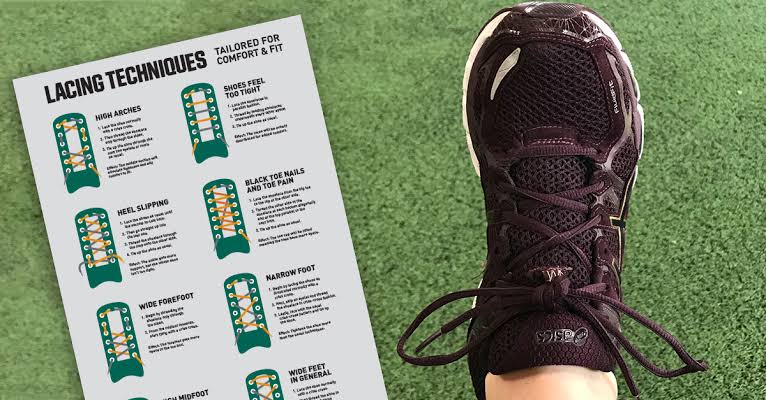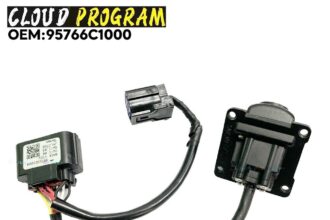Finding the perfect balance between comfort and style when tying your shoelaces is more than just a functional necessity. The way you tie your laces can significantly impact your footwear’s fit, support, and appearance. Whether you’re an athlete seeking peak performance or simply someone looking to elevate their everyday footwear, knowing how to lace up properly can make a world of difference. In this article, we will explore various techniques for tying your laces to ensure both comfort and style, focusing on the advantages of using Flat Elastic Shoelaces for a modern and sleek look.
The Importance of Proper Lacing
Before diving into specific techniques, it’s essential to understand why proper lacing matters. Your laces hold your shoes in place, ensuring that your feet receive the right amount of support during movement. Improper lacing can lead to discomfort, blisters, and even injuries, especially if you’re engaging in sports or walking for extended periods.
Additionally, the way you tie your laces also plays a role in the overall aesthetic of your shoes. A clean, well-tied lace can elevate your footwear’s appearance, while sloppy or overly tight lacing can detract from even the most stylish sneakers or dress shoes.
Benefits of Flat Elastic Shoelaces
One of the best innovations in recent years for both comfort and style is Flat Elastic Shoelaces. These laces are designed to stretch and conform to the foot, eliminating the need to constantly adjust tightness while providing a snug, comfortable fit. They are ideal for anyone who wants to combine ease of use with a clean and modern look. Flat elastic shoelaces are also great for those who may have difficulty tying traditional laces, such as children, seniors, or individuals with mobility issues.
Techniques for Lacing for Maximum Comfort
1. Straight Bar Lacing
Straight bar lacing is not only stylish but also distributes pressure evenly across the top of the foot. This method is ideal for people who experience discomfort with tighter lacing patterns or need to relieve pressure on certain areas of the foot. Here’s how to do it:
- Begin by inserting the lace into the bottom eyelets and pulling through evenly.
- Insert one end of the lace into the next eyelet on the same side, threading it across to the opposite eyelet.
- Repeat this process, alternating sides until you reach the top.
- Tie the laces in your preferred knot or tuck them inside for a sleek finish.
This technique pairs perfectly with Flat Elastic Shoelaces, which add both comfort and a minimalist look.
2. Loop Lacing Lock
For those looking for additional heel support, the loop lacing lock is an excellent technique. It helps to keep the heel in place, preventing slipping during movement.
- Lace your shoes normally until the second-to-last eyelets.
- Take each lace end and loop it through the top eyelet on the same side to form a loop.
- Cross the lace ends and insert them into the opposite loops.
- Pull tightly and tie your laces as usual.
This technique is great for runners or those who want extra stability, and it works wonderfully with flat elastic shoelaces for a secure yet flexible fit.
3. Elastic No-Tie Lacing
One of the easiest and most convenient methods for both comfort and style is the no-tie lacing system. Using Flat Elastic Shoelaces, this technique eliminates the need for tying entirely, as the laces will stretch to accommodate your foot.
- Lace your shoes as you normally would, but instead of tying a bow, simply tuck the laces into the shoe or use lace clips to hold them in place.
- The elasticity of the laces allows them to stretch as needed while still providing a snug fit.
This method is perfect for those who are always on the go or anyone looking for a sleek, minimalist appearance without the hassle of constantly tying and untying laces.
How to Choose the Right Lacing Technique for You
The right lacing technique depends largely on your lifestyle and specific footwear needs. If you’re seeking comfort and ease of use, Flat elastic no-tie laces are an excellent choice. For more formal occasions, straight bar lacing offers a clean and elegant look, while athletes may benefit from the loop lacing lock for extra stability.
It’s essential to experiment with different methods to find the one that provides you with the ideal combination of comfort and style. Remember, your laces are not just a functional part of your shoes – they can also be a style statement.
Conclusion
Tying your laces for maximum comfort and style requires knowing the right techniques and choosing the right type of shoelaces. Flat Elastic Shoelaces provide the perfect blend of flexibility, ease, and sleek design, making them an excellent option for anyone looking to elevate their shoe game. When it comes to high-quality laces, Straight Laces is one of the best providers in the USA. Their range of flat elastic and no-tie laces can help you achieve the perfect balance of comfort, style, and convenience.
FAQs
1. What are the advantages of using flat elastic shoelaces?
Flat elastic shoelaces offer both comfort and convenience by allowing the laces to stretch with your foot’s movements. They provide a snug fit without the need to constantly re-tie your laces, making them perfect for active lifestyles or those who prefer a minimalist look.
2. Can flat elastic shoelaces be used with all types of shoes?
Yes, flat elastic shoelaces are versatile and can be used with a variety of footwear, from casual sneakers to athletic shoes. However, they may not be suitable for formal dress shoes where traditional lacing might be preferred for aesthetic reasons.
3. How do I keep my laces from coming undone during physical activity?
For extra security during physical activity, consider using the loop lacing lock technique. This method keeps the laces tight around the heel, preventing them from loosening. Additionally, using flat elastic shoelaces can help, as they naturally stay in place due to their elasticity.

















